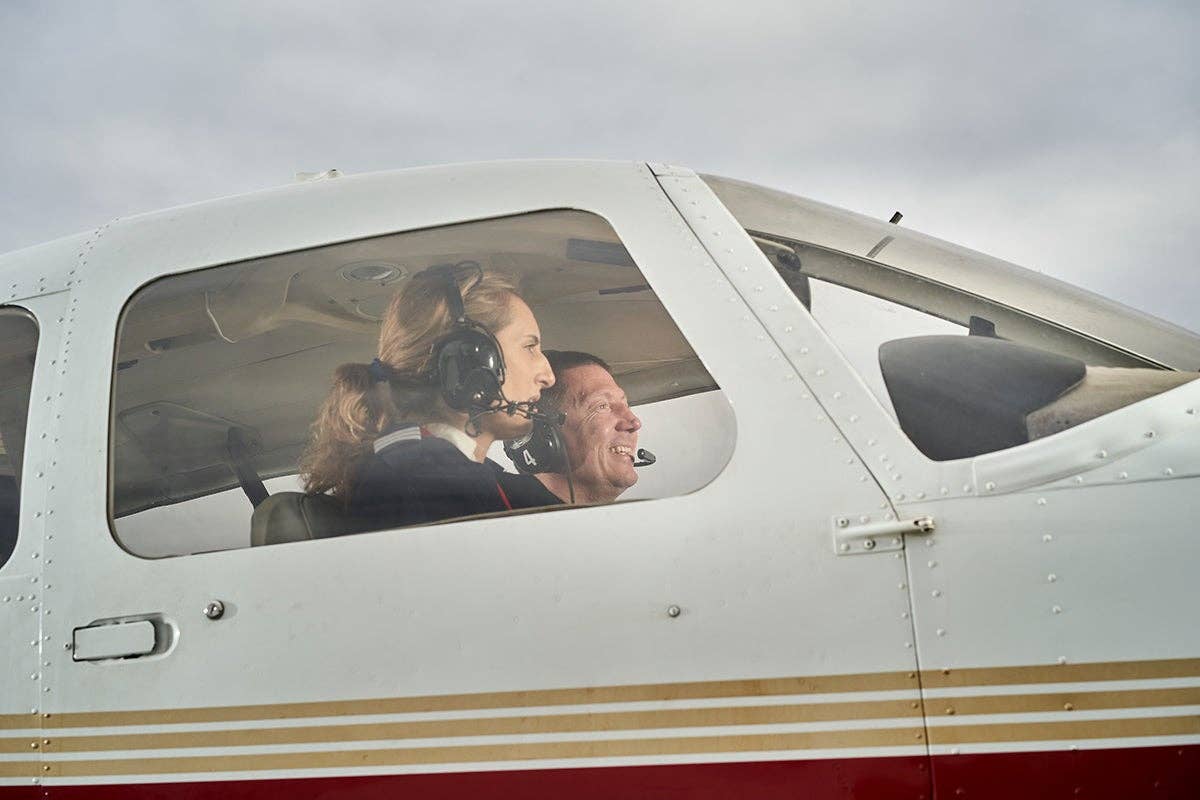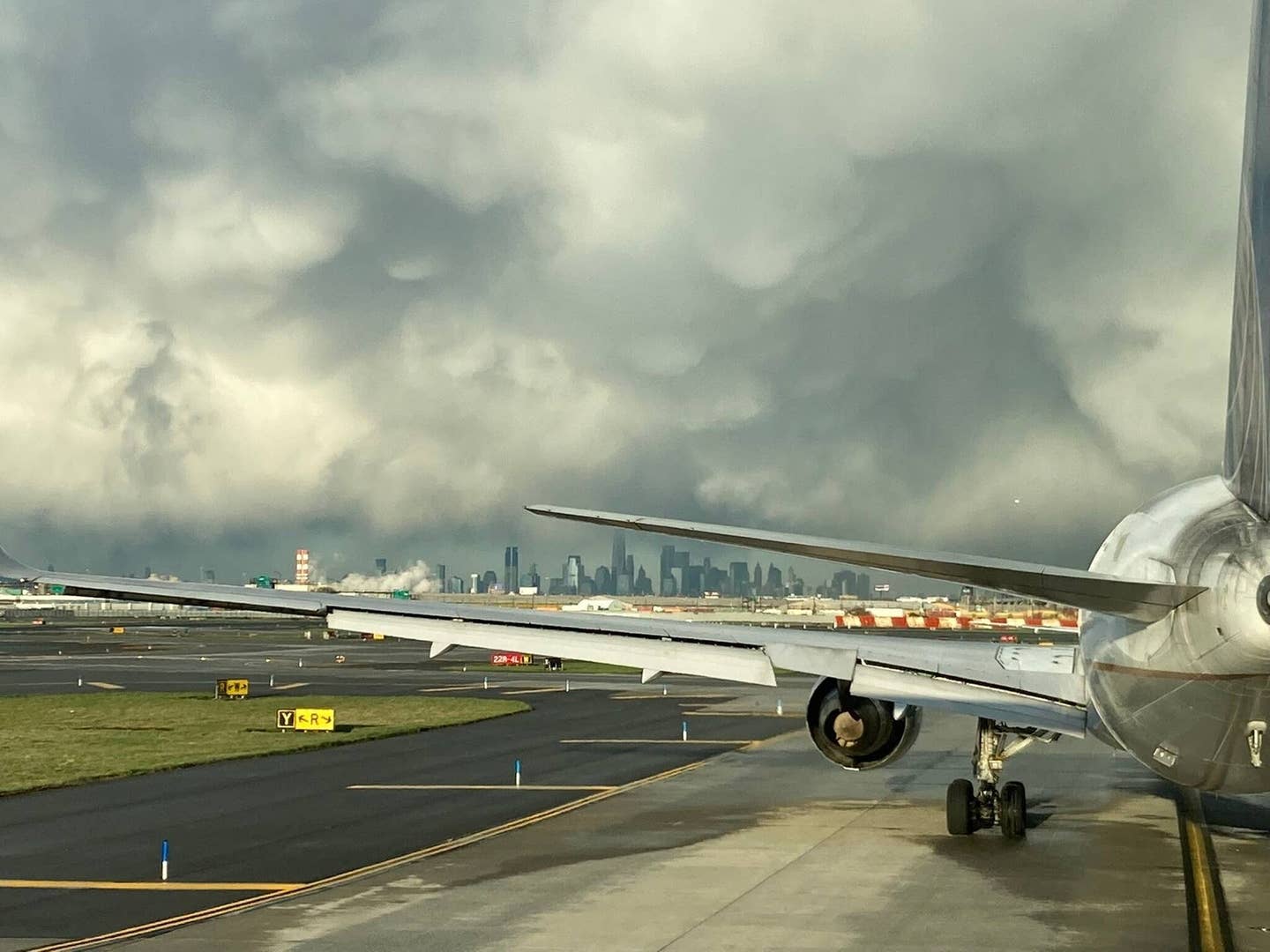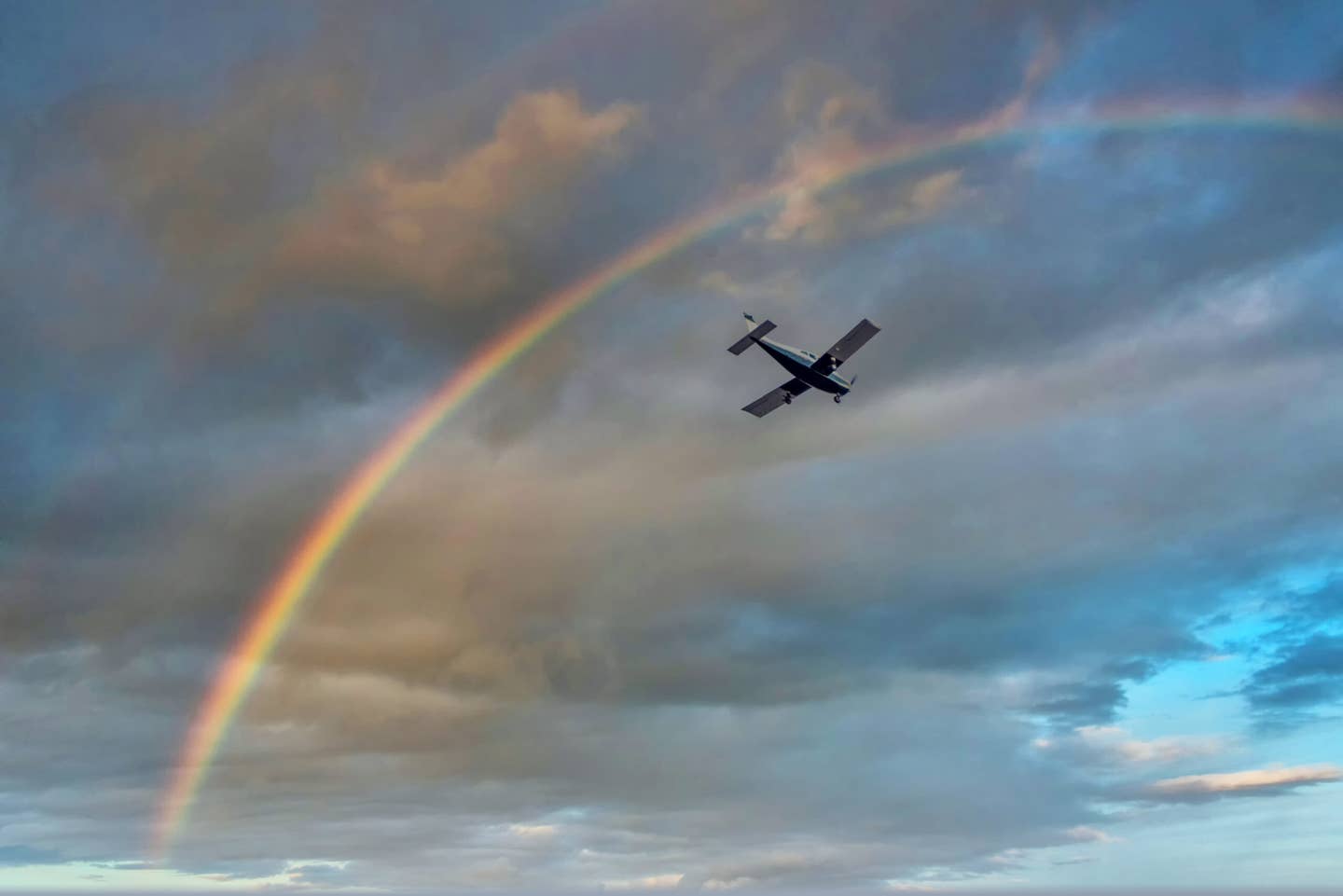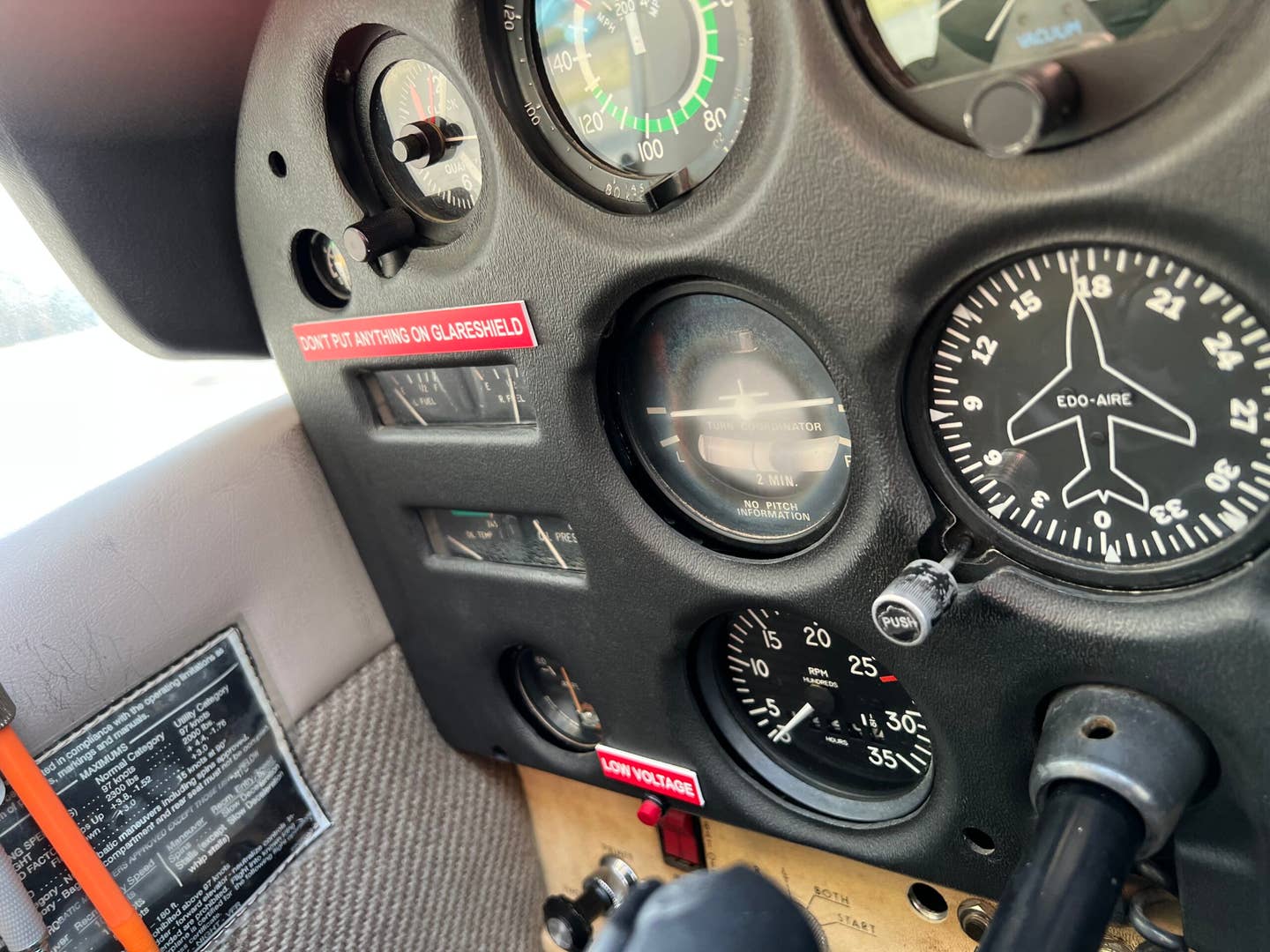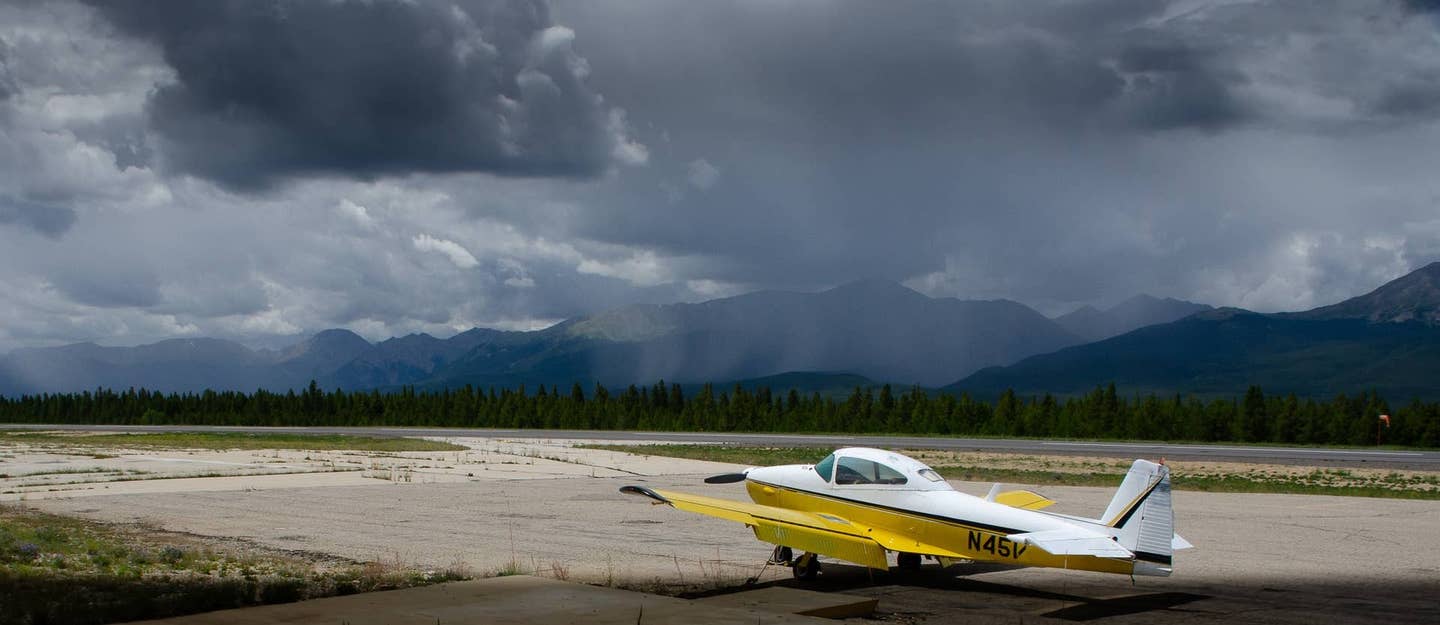
"Measure twice, cut once," was my small contribution to Steve Parker as he took a utility knife to a pair of ceiling panels. Steve is one of the family members who operate Somerset Airport in New Jersey, where I keep my airplane. His grandfather founded the airfield in 1946, and it's been managed by three generations (and counting) ever since. Until recently, Steve was an Air Force pilot flying heavy transports. Now very involved in whatever it takes to maintain the family business, he was kind enough to take a break from his ceiling-repair work to chat with me. We talked about some of the influence the military had on his current role as a civilian light-airplane pilot and instructor.
Partway into our conversation, Steve told me, "About 10 years ago, the Air Force started using a mission risk-assessment tool -- a sort of interactive formula checklist. It would measure risk factors involved in each particular mission and give them each a numerical value. Things like the overall experience level of the aircraft commander, how recent that experience was, rest schedule, circadian rhythm [the effect of time change on the 'body clock'] -- those sorts of things. I've got a copy of it at home." Steve and I went on to discuss other pertinent elements of any risk-assessment matrix, such as weather conditions, familiarity with the destination's terrain, day vs. night, aircraft loading, etc. He said the numerical point system yielded a value of green, yellow or red for each mission. But that was not the final word. Steve's duties involved evaluating some of the borderline missions -- and in some cases the final decision was kicked upstairs to a "colonel-on-colonel" conversation. Naturally, the military nature of the situation played into the final decision. Unlike most of us, when combat pilots were called upon to fly riskier missions, the reasoning was that they knew the job was dangerous when they took it.
Still, Steve projected that a modified form of the Air Force's risk-assessment tool could work for civilian pilots, as well. I agree. Though all pilots perform their own form of risk assessment before every flight, a more formulaic approach would help ensure that no risk element is inadvertently forgotten, or mistakenly undervalued in the moment.
Steve also shared with me an interesting Air Force pilot training tradition called the 'Stand Up.' As the class of student pilots assembled for their morning briefing, one would be called upon at random ("… or maybe not so random," Steve admitted), for an impromptu challenge. As the unlucky student of the day stood at attention, the instructor pilots would present an emergency scenario, and the student would carry through, verbally, with his situational awareness and decision-making process. The instructor would answer his questions about the situation, such as oil pressure readings, which warning lights or horns were activated, how the airplane was behaving, and so on. If the student was not able to respond appropriately to the Stand Up situation, he would sit down -- and not fly that day. Steve's point was that, as effective as the Stand Up was in the military, here was a tool that was simply not viable in a civilian-training scenario.
… unless the instructor could still charge for the lesson.
Call to action: If you have any tips of your own you'd like to share, or have any questions about flying technique you'd like answered, send me a note at enewsletter@flyingmag.com. We'd love to hear from you.

Sign-up for newsletters & special offers!
Get the latest FLYING stories & special offers delivered directly to your inbox

